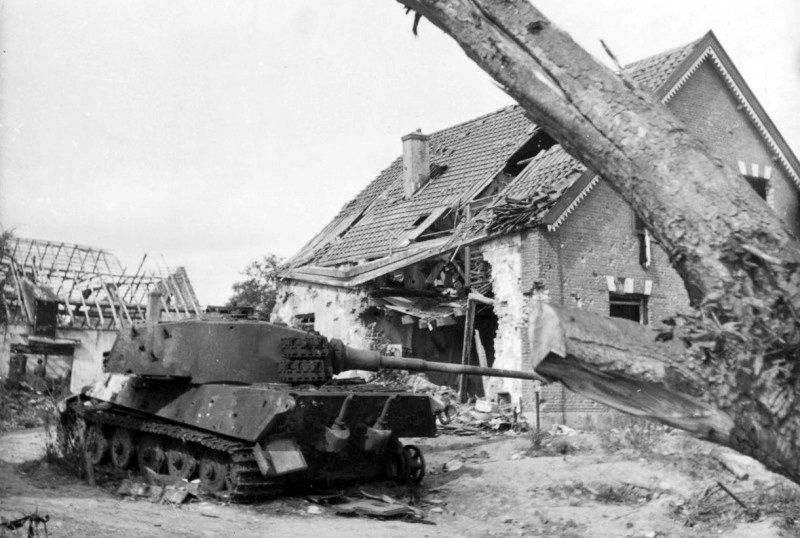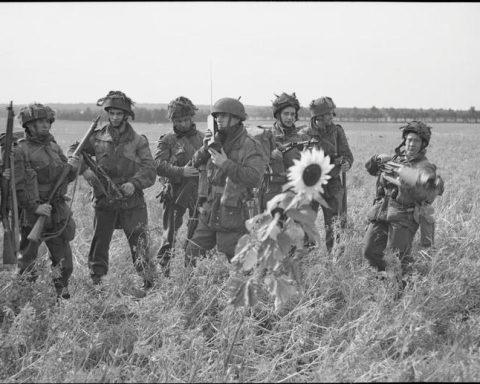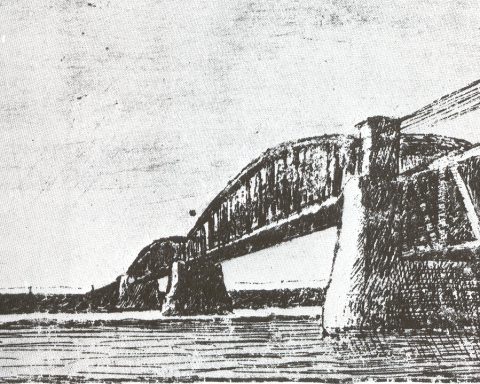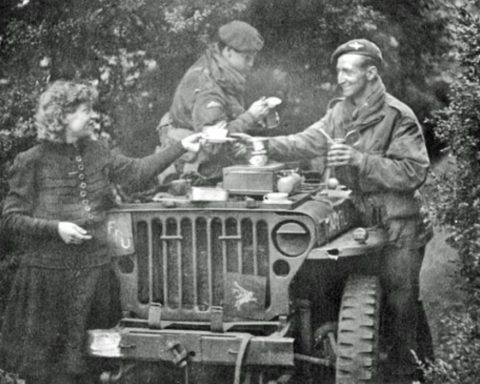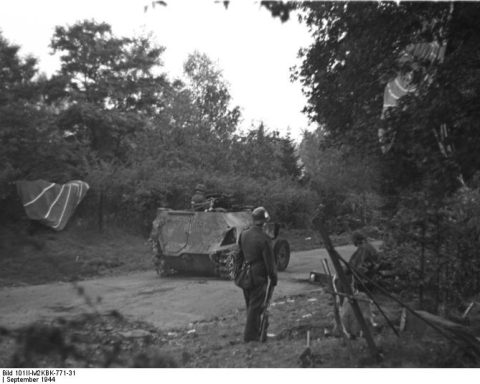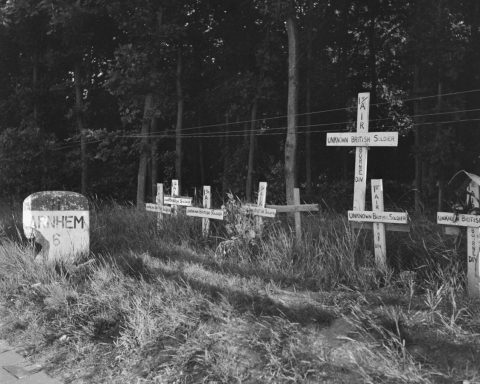On Wednesday, September 20, the Germans, supported by tanks and mechanical artillery, had already attempted to attack the British via the Benedendorpseweg in Oosterbeek in order to block access to the Rhine.
The attack was repulsed and the Germans lost many tanks and equipment. On Thursday, September 21, the Germans attacked the British perimeter in four different places. At the Westerbouwing, via the Utrechtseweg, from Oosterbeek station and again via the Benedendorpseweg. Just like the day before, the Germans suffered many losses.
The British had retreated a few hundred meters compared to the day before. The lower part of Weverstraat formed the eastern border of the British perimeter. The Germans tried to get close to the houses in which the British were entrenched, through gardens, but were often fired upon.
When the Germans then brought tanks forward to bombard the British positions, the tanks came under fire from other houses. Just like the day before, Major Robert Cain of the South Staffords distinguished himself by taking out tanks with a PIAT anti-tank rifle.
From a trench in front of a house in Oosterbeek, Cain shot at tanks while receiving instructions from Lieutenant Ian Meikle who was holding on to the chimney on the roof of the house. Meikle was killed when the German tank fired on the roof of the house. Remains of the chimney ended up in the trench just in front of Cain. With two hits from his PIAT rifle, Cain was able to disable the tank.
Major Robert Cain was one of five British soldiers to earn a Victoria Cross during the Battle of Arnhem. Cain is the only one to whom the medal was not awarded posthumously.
Meanwhile, more and more injured people poured into Kate ter Horst’s house. Her home, directly behind the Oude Kerk, has served as a dressing station since Monday, September 18. More than a hundred injured people had now been housed there. Ter Horst tried to bring relief by addressing the wounded soldiers and praying the Lord’s Prayer with them. For many British people, Kate ter Horst was the ‘Angel of Arnhem’ .
The artillery that was positioned around the Oude Kerk on the Benedendorpseweg was now deployed to attack the tanks that drove towards the British positions via the road. The 75-mm howitzers could aim directly at the tanks.
The Germans were astonished that the British had managed to carry such large and heavy guns in the gliders.
The Germans tried to silence the howitzers with a heavy mortar attack on the British artillery position. Although the guns were not destroyed, there were many casualties among the crews.
‘Sherriff’ Thompson was injured by a grenade hit. From that moment on, Major Lonsdale commanded all troops stationed around the Oude Kerk and the Benedendorpseweg.
At the end of the afternoon the Germans ceased their attempts to attack the British perimeter from the southeastern side. The British resistance had proven stubborn, just as the day before. The Germans had not gained a meter of territory.

